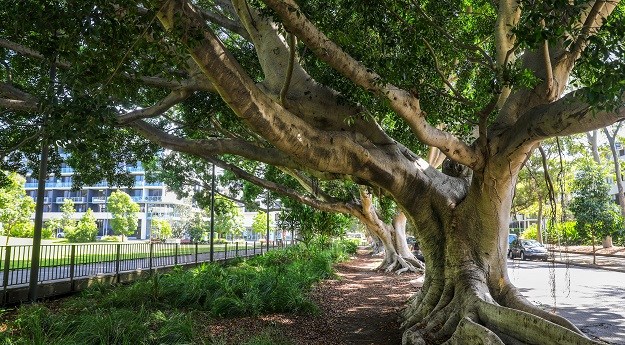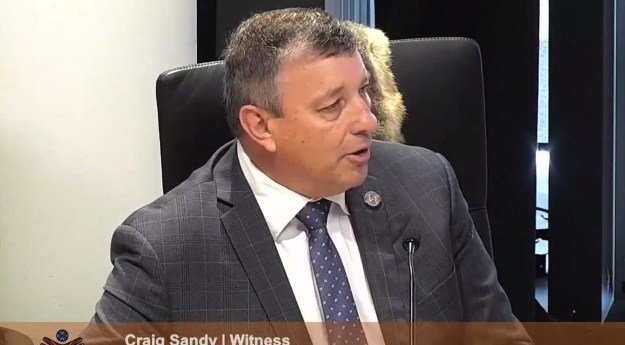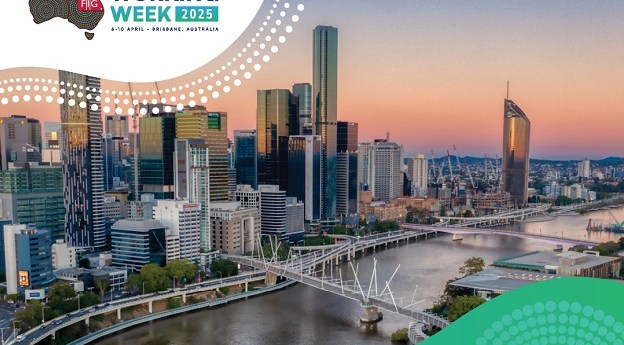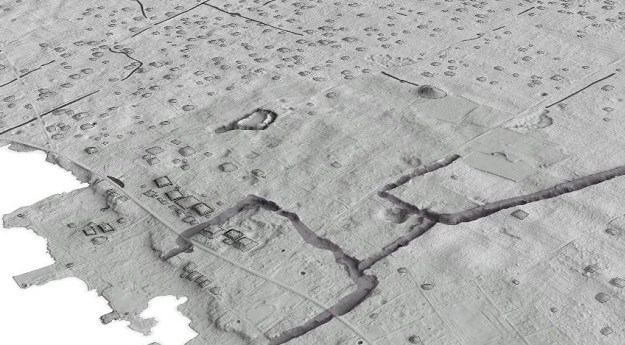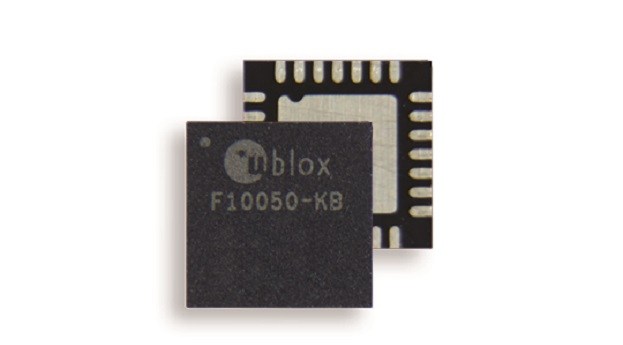
Heath Clayton and Peter King with the new facility’s design.
Building plans have been revealed for a new AU$750,000 facility in Tasmania that is set to excel Australia’s underwater survey research and operations. The new autonomous underwater vehicle (AUV) facility, located at the University of Tasmania‘s Australian Maritime College (AMC) in Launceston, will become home to a fleet of robots used to survey the ocean’s depths and collect scientific data on research missions.
The development will not only see the development of world-first technology and underwater survey techniques, but also enhance Australia’s reputation on the international stage through the recruitment of specialist personnel and the use of a local architectural firm and other related industries for the state of the art facility.
Five new staff members have been recruited to help run the facility, including facility coordinator Peter King, lab manager Alfian Marzuki and engineers Isak Bowden-Floyd, Nathan Kemp and Konrad Zurcher.
“This facility will be a hub for world-class AUV research and technology,” said AUV Facility Coordinator Peter King. “Through local and international collaborations, we aim to develop new data collection capabilities, improve reliability and increase autonomy of underwater vehicles.”
“One of these projects, the Antarctic Gateway Partnership, will see us acquire and develop an AUV that tackles the great engineering challenges of venturing far beneath ice-covered waters to further our understanding of the Antarctic’s role in the world’s climate.”

The $24 million Antarctic Gateway Partnership is a Special Research Initiative of the Australian Research Council bringing together the University of Tasmania, CSIRO and the Australian Antarctic Division to build further polar research capability in Tasmania as a gateway for Antarctic research, education, innovation and logistics. The Antarctic Gateway Partnership has contributed $3.6 million in funding for the new AUV and four of the new staff positions, with a further $3.75 million and one staff position contributed by AMC.
The facility’s fleet of autonomous robots includes UBC-Gavia, Mullaya and the soon-to-be-procured Antarctic Gateway Partnership AUV.
Launceston firm Artas Architects were tasked with transform an existing unused storage area into functional, modern spaces designing a facility big enough to accommodate the Antarctic Gateway Partnership AUV. At up to 8 metres long and weighing 3 tonnes, the AUV will be capable of transiting more than 100 kilometres while collecting data from the sea floor at depths of about 4000-5000m, and beneath ice shelves and sea ice.
Building works are expected to be completed in late 2016.

Floor plan of the new AUV research facility in Launceston.






